See Jane Salon – Gotta Keep on Tryin’!
Sunday, March 10th, 2019Shining A Spotlight on Women in Literature and Hollywood
Hosted by 72andSunny & LAI Communications

The 2nd Annual Black History Month celebration once again shines a spotlight on women and girls of color in Hollywood and media using literature as its entry point. The evening featured dramatic readings from the works by New York Times best-selling authors, Virginia DeBerry and Donna Grant, along with the newest release of the novel, Blurred Lines, by Courtney Parker and Mona Scott Young. An empowering panel discussion followed on the current state of women of color in Hollywood and media. The panel also highlighted recent research studies by Baylor University as well as Creative Artists Agency and shift7. The former study found that movies starring women of color had strong staying power (which equals profitability) in movie theaters on an average of 20 weeks. The latter study looked at movies, from 2014 to 2017, and found that films with female leads earned more than their male-led counterparts. With all of the great successes and progress for women in 2018, there is still more work to do. We “Gotta Keep on Tryin!”
Moderator: Madeline Di Nonno, CEO, Geena Davis Institute on Gender in Media; Panelist: Yolanda Brinkley, Founder, Diversity in Cannes; Kellee Edwards, Travel Expert & Television Host; Sharon Liggins, PR Strategist; Tyrha M. Lindsey-Warren, PhD/MBA, Business Executive, Artist, Entrepreneur; Courtney Parker, VP Alternative Programming, Adaptive Studios and Co-author, Blurred Lines; Actors: Joni Bovill, Napiera Groves, Benita Krista Nall, Fredericka Meek
Gotta Keep On Tryin’!
By Samantha Marcus, KIDS FIRST! Film Critic, Age 19
I absolutely loved attending the stage reading and panel discussion about gender in media. It left me feeling empowered, driven and motivated. While there aren’t as many women in media as there are men, we can change that. After hearing about five successful women finding their voices and making a difference in the world, I can’t wait to do the same.
Hosted by the Geena Davis Institute on Gender in Media, this event highlighted the dynamics of gender in media, shining an immense spotlight on women of color in literature and Hollywood. Women of different races, backgrounds and lifestyles gathered to view stage readings from two pivotal novels: Gotta Keep On Tryin’! by Virginia Deberry and Donna Grant, and Blurred Lines by Mona-Scott Young and Courtney Parker. Both novels illuminate the power of women and recognize how women need to be a driving force in changing the way they are represented in society today. The panel discussed their career paths and struggles within our ever-growing and diverse society

The panel consisted of Yolanda Brinkley, Keller Edwards, Sharon Liggins, Dr. Tyrha Warren and Courtney Parker. Each woman emphasized how never giving up is imperative in making your dreams come true. I admire how Courtney Parker, co-author of Blurred Lines, personalized her writing passions by sharing how she questioned Goldilocks and the Three Bears, when she was only four years old. Kellee Edwards developed her own show Travel Channel after she filmed herself traveling the world on YouTube.

My favorite part was meeting Geena Davis. She is such an inspiration to me and she was so happy to take a picture with me. I aspire to be like her when I grow up. The message of this event is to find your voice. It wasn’t easy for these women, but once they did, nothing was impossible. This event was appropriate for ages 13 to 18, as well as adults. Teenage years are divine in a young woman’s life, so make the most of them. To learn more about the Geena Davis Foundation, become a member and attend their monthly events, go to www.seejane.org. To all the young women reading this, promise me you’ll let nothing stop you. If men can do it, so can we!
Tryin’ to Sleep in the Bed You Made
Shining A Spotlight on Women in Literature and Hollywood
By Jordan M., KIDS FIRST! Film Critic, Age 12

On February 20, the Geena Davis Institute on Gender in Media hosted a See Jane Salon celebrating the 20th anniversary of Tryin’ to Sleep in the Bed You Made by New York Times best-selling authors Virginia Berry and Donna Grant. Held in honor of Black History Month, the event was a lively discussion about the state of people of color in media.
Founded by Academy-Award winning actor Geena Davis, the Institute is a research-based organization in the media and entertainment industry focused on eliminating bias, highlighting gender balance and challenging stereotypes.
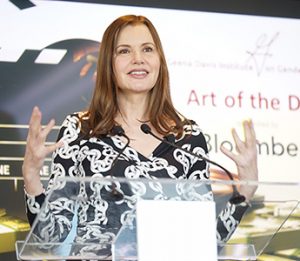
The event featured dramatic readings from some of the authors’ most popular books including Tryin’ to Sleep in the Bed You Made, Gotta Keep on Trying, What Doesn’t Kill You and Far from the Tree. Readings featured actors Roseanne Currry, Magaly Coleman, Lisa Wilkerson and Harry Lennix.
Each of the performances took the audience through a range of topics from friendships to a troubled marriage to young womanhood. Some of the scenes were humorous and others were more traumatic and emotional. It was interesting to see all of the books portrayed live, a much different experience than just reading them. It was like watching a play in action with each book a different scene.
The readings were followed by a panel discussion on the state of people of color in the media. The panel was moderated by Madeline Di Nonno, CEO of the Geena Davis Institute on Gender in Media. Madeline kicked off the discussion by asking each of the panelists to share their journey to success, including challenges, and then provide advice for breaking into the industry and share their thoughts on where media is now. It was a lively discussion filled with humor and honesty.
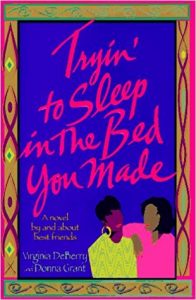
Authors Virginia DeBerry and Donna Grant shared their journey to becoming best-selling authors and the challenges of breaking into the literary industry as women of color. They discussed their journey from meeting as plus size models in the fashion industry, to becoming best-selling authors. Tyrha Lindsey-Warren discussed her experience working in television and film development with the Creative Artists Agency and Edmonds Entertainment. Actor Harry Lennix, currently on NBC’s hit show The Blacklist, discussed his process to becoming a successful actor from stage to screen. He noted that in order to become an actor, you need to study the work of those that you admire. Entrepreneur Yolanda Brinkley, discussed founding Beyond Borders: Diversity in Cannes. The goal of her program is to highlight diversity in independent film at the international festival each year. Yolanda discussed the importance of people of color in Hollywood having a seat at the table. Because Beyond Borders is not yet an official part of the festival, Yolanda stressed pushing hard to advocate for what you are passionate about doing. She is still striving to make it an official event, but shared how she works to reach out to actors and filmmakers of color to get the word out and the event is growing each year.
Talking with author Virgina DeBerry about the direction of women and people of color in the media, DeBerry stated “We need to continue to get better representation, especially for women in the media. We are so interesting and have so many facets and the media tends to pigeon hole people. We need to be able to break out of the slot and show all that we have to offer.”
The event and the panel discussion was inspiring. It
was good for the audience members to not only hear the journeys of the
panelists, but get their advice on how to begin journeys of their own.
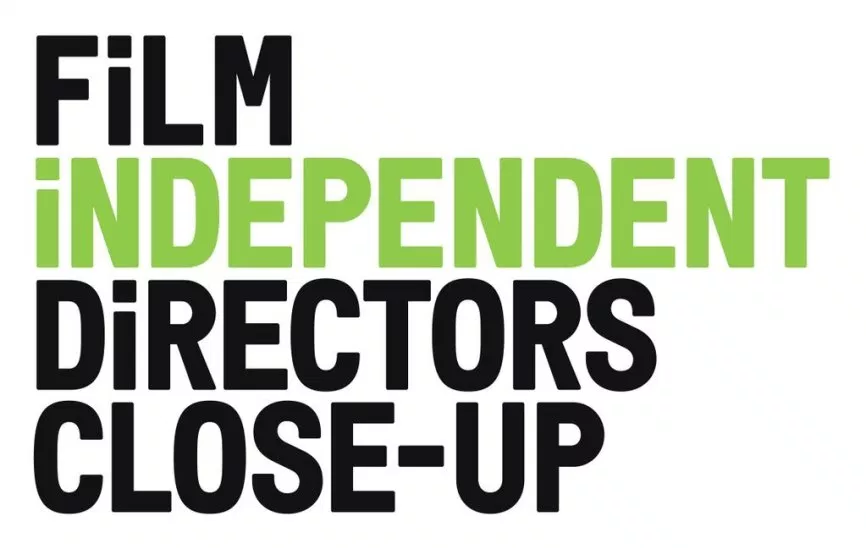
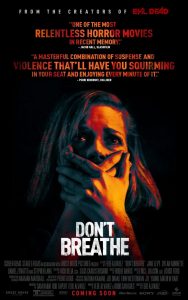


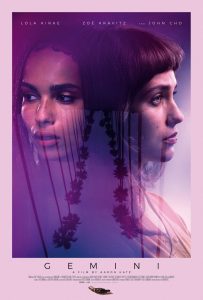
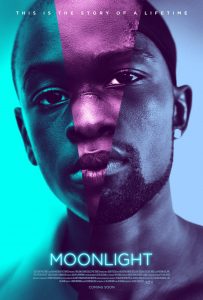
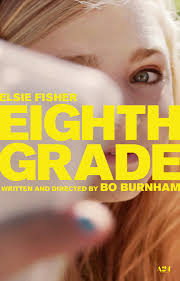
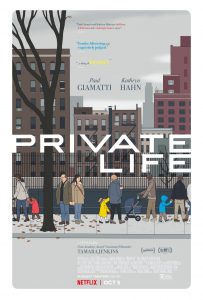
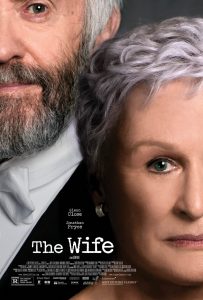
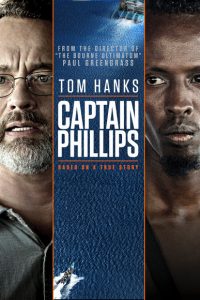
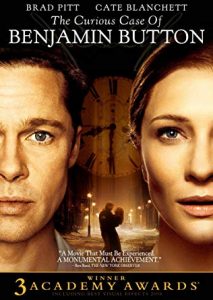
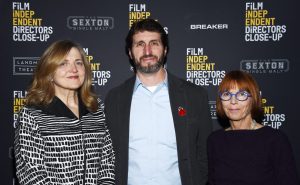



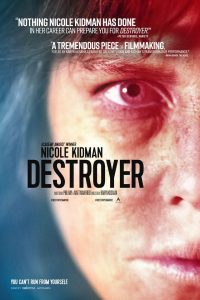
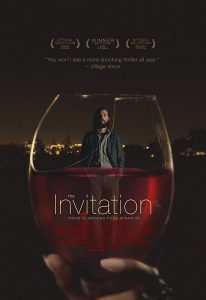
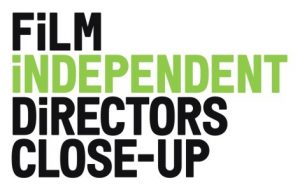
 Luzia: A Waking Dream of Mexico takes you to an imaginary Mexico, like in a waking dream, where light (“luz” in Spanish) quenches the spirit and rain (“lluvia”) soothes the soul. With a surrealistic series of grand visual surprises and breathtaking acrobatic performances, Luzia cleverly brings to the stage multiple places, faces and sounds of Mexico taken from both tradition and modernity. KIDS FIRST! Juror Harold W. comments, “You will find yourself gasping, laughing and thrilling with joy as you explore the themes and mythology of Mexico.” Lily L. adds, “Like a see saw, up and down, more people go from one swing to another. Their tricks are stunning. I really loved this performance and recommend that you should go to Cirque du Soleil every year.” See their full reviews below.
Luzia: A Waking Dream of Mexico takes you to an imaginary Mexico, like in a waking dream, where light (“luz” in Spanish) quenches the spirit and rain (“lluvia”) soothes the soul. With a surrealistic series of grand visual surprises and breathtaking acrobatic performances, Luzia cleverly brings to the stage multiple places, faces and sounds of Mexico taken from both tradition and modernity. KIDS FIRST! Juror Harold W. comments, “You will find yourself gasping, laughing and thrilling with joy as you explore the themes and mythology of Mexico.” Lily L. adds, “Like a see saw, up and down, more people go from one swing to another. Their tricks are stunning. I really loved this performance and recommend that you should go to Cirque du Soleil every year.” See their full reviews below.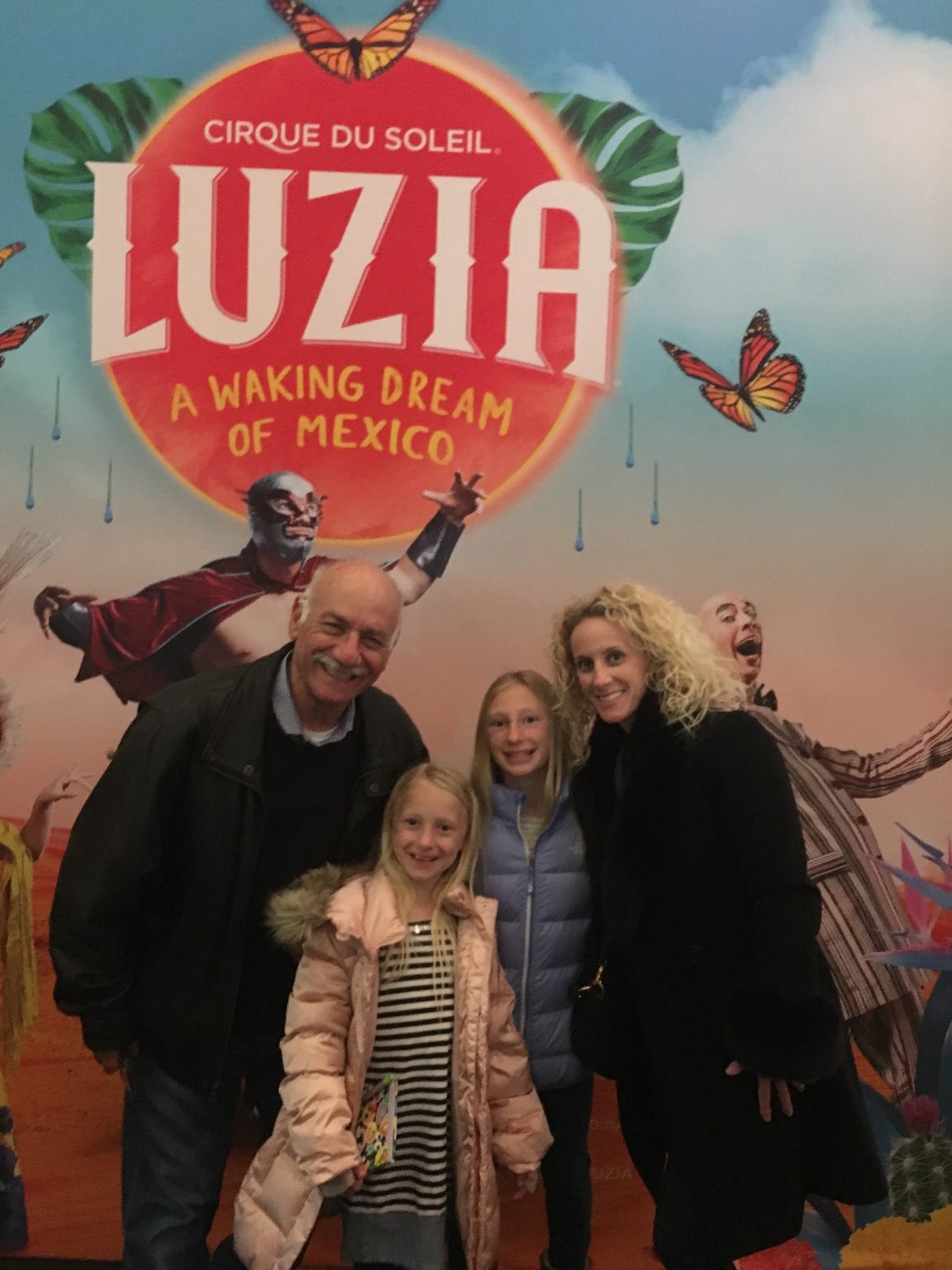 gh the air at the hands of their partners. A basic looking hoop dancer moves in circles that grow into fantastic energy and speed. A simple hanging rope turns into a flight of fancy by the talent of a woman flying through the air. A pair of soccer balls defy the laws of gravity under the footwork of their handlers. Spectacular water effects create images and forms in sheets of droplets as they fall to the floor of the stage. Acrobats twist on balance poles as they stretch their muscles in parallel motions to the floor. Trapeze artists take flight. Large tiger puppets bond with a spectacular aerialist as they present a surprise feature through the floor of the stage. A juggler’s fantastic speed creates a blur of pins charging through the air. A contortionist‘s body defies the rules of anatomy and bones.
gh the air at the hands of their partners. A basic looking hoop dancer moves in circles that grow into fantastic energy and speed. A simple hanging rope turns into a flight of fancy by the talent of a woman flying through the air. A pair of soccer balls defy the laws of gravity under the footwork of their handlers. Spectacular water effects create images and forms in sheets of droplets as they fall to the floor of the stage. Acrobats twist on balance poles as they stretch their muscles in parallel motions to the floor. Trapeze artists take flight. Large tiger puppets bond with a spectacular aerialist as they present a surprise feature through the floor of the stage. A juggler’s fantastic speed creates a blur of pins charging through the air. A contortionist‘s body defies the rules of anatomy and bones. ender in Media is the only research based non-profit working with the entertainment and media community to improve gender diversity in children’s media including more positive role models, equality of opportunity and diverse representation on screen.
ender in Media is the only research based non-profit working with the entertainment and media community to improve gender diversity in children’s media including more positive role models, equality of opportunity and diverse representation on screen.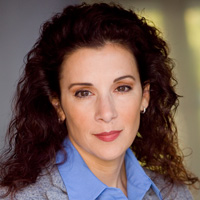 Led by Madeline Di Nonno, CEO, Geena Davis Institute on Gender in Media, the panelists included: Gabrielle Carteris, President, SAG-AFTRA; Swin Cash, Athlete/Sports Analyst; Megan Boone, Actor; Alysia Reiner, Actor and Activist; Maggie Siff – Actor and Producer. The women first spoke of choice and pivotal moments in their careers and in life, then about having a voice and power. Here are some highlights and take aways reported by each of the women.
Led by Madeline Di Nonno, CEO, Geena Davis Institute on Gender in Media, the panelists included: Gabrielle Carteris, President, SAG-AFTRA; Swin Cash, Athlete/Sports Analyst; Megan Boone, Actor; Alysia Reiner, Actor and Activist; Maggie Siff – Actor and Producer. The women first spoke of choice and pivotal moments in their careers and in life, then about having a voice and power. Here are some highlights and take aways reported by each of the women.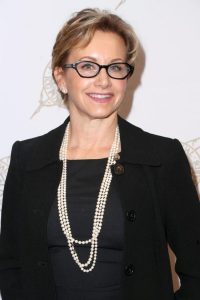 Gabrielle Carteris, widely known for her role as Andrea, a studious newspaper editor in Beverly Hills, 90210 says that role was a transformational opportunity that changed her life. It gave her great courage. She still receives comments about this role, which had an incredible impact on her life and reflected society. As the president of Sag-AFTRA, she never imagined herself in this position, yet felt prepared having worked with Ken Howard, the prior President. She believes being of service is the highest calling and also believes in paying it forward and using power for the good. This was a pivotal moment for her – exciting and frightening at the same time.
Gabrielle Carteris, widely known for her role as Andrea, a studious newspaper editor in Beverly Hills, 90210 says that role was a transformational opportunity that changed her life. It gave her great courage. She still receives comments about this role, which had an incredible impact on her life and reflected society. As the president of Sag-AFTRA, she never imagined herself in this position, yet felt prepared having worked with Ken Howard, the prior President. She believes being of service is the highest calling and also believes in paying it forward and using power for the good. This was a pivotal moment for her – exciting and frightening at the same time. Swin Cash got recognition from playing basketball and, in the eighth grade got a modeling opportunity. She focused on academics, majored in drama and theater and continued to play in sports. She was the first girl and first African American to be in the WNBA when it was started twenty plus years ago. She reached out to Robin Roberts as a mentor, when Robin was at ESPN, to help her make choices with her career. Currently she is the female lead on We Need to Talk a CBS Sports Network first-ever, nationally televised all female, weekly sports show. She rose from humble beginnings, inspired by her grandmother who owned her own home and encouraged her to create wealth. Service is an important part of her life as founder of both Swin Cash Enterprises LLC and Cash Building Blocks, LP, an urban development company that renovates and offers affordable homes for low-income families. An Olympic medal winner in 2004, she feels her service to help women and underprivileged kids is essential.
Swin Cash got recognition from playing basketball and, in the eighth grade got a modeling opportunity. She focused on academics, majored in drama and theater and continued to play in sports. She was the first girl and first African American to be in the WNBA when it was started twenty plus years ago. She reached out to Robin Roberts as a mentor, when Robin was at ESPN, to help her make choices with her career. Currently she is the female lead on We Need to Talk a CBS Sports Network first-ever, nationally televised all female, weekly sports show. She rose from humble beginnings, inspired by her grandmother who owned her own home and encouraged her to create wealth. Service is an important part of her life as founder of both Swin Cash Enterprises LLC and Cash Building Blocks, LP, an urban development company that renovates and offers affordable homes for low-income families. An Olympic medal winner in 2004, she feels her service to help women and underprivileged kids is essential.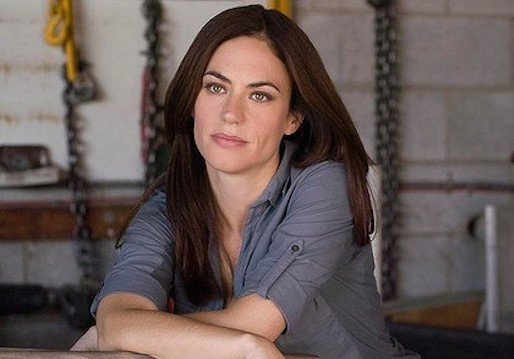 Maggie Siff, grew up in an acting, academic and artistic family, went to Bronx High School of Science and then to Bryn Mawr College. She got her MFA at NYU and started her career in theater. Her first big break, in her 30s, was the role of Rachel on Madmen, never imagining a role in film and television. She didn’t think she belonged there. She auditioned many times for this iconic role, which she thought read like an amazing film script or play. In its 1958 setting, Rachel was an unusual character for that time, as the female head of a department store. She connected to this character, claiming it was very familiar. The other point she made is that the writer’s room on this program had more female and diverse writers which made a great difference in character portrayal. Currently, she plays a powerful in-house performance coach and therapist to the head of a hedge fund company on Billionaire. She claims women appreciate her in this professional role, committed to both her job and family. She uses Tony Robbins as her inspiration to step into her “biggest self.”
Maggie Siff, grew up in an acting, academic and artistic family, went to Bronx High School of Science and then to Bryn Mawr College. She got her MFA at NYU and started her career in theater. Her first big break, in her 30s, was the role of Rachel on Madmen, never imagining a role in film and television. She didn’t think she belonged there. She auditioned many times for this iconic role, which she thought read like an amazing film script or play. In its 1958 setting, Rachel was an unusual character for that time, as the female head of a department store. She connected to this character, claiming it was very familiar. The other point she made is that the writer’s room on this program had more female and diverse writers which made a great difference in character portrayal. Currently, she plays a powerful in-house performance coach and therapist to the head of a hedge fund company on Billionaire. She claims women appreciate her in this professional role, committed to both her job and family. She uses Tony Robbins as her inspiration to step into her “biggest self.” Alysia Reiner struggled in her 20s and 30s with her acting career and wondered if she should stay or go. It took a long time to get a part and her advice is to live your life and find your joy, while you are in that struggle. Early on, she did a one-woman show portraying Virginia Woolf at the Edenborough Festival. She went through a period of grief and loss when her father died of cancer in ten days and was inspired to do a grief counseling film as a way of coping. As an activist, she believes in art as science and has a deep respect for all women in all fields that create change and make a difference. She loves working on an all women crew for the freedom it provides. Orange is the New Black, the show she currently works on, has a 90% male crew, which gives it quite a different feel. She is a strong advocate to be in service, and works for the women’s prison association in Tulsa, Oklahoma to aid incarcerated women.
Alysia Reiner struggled in her 20s and 30s with her acting career and wondered if she should stay or go. It took a long time to get a part and her advice is to live your life and find your joy, while you are in that struggle. Early on, she did a one-woman show portraying Virginia Woolf at the Edenborough Festival. She went through a period of grief and loss when her father died of cancer in ten days and was inspired to do a grief counseling film as a way of coping. As an activist, she believes in art as science and has a deep respect for all women in all fields that create change and make a difference. She loves working on an all women crew for the freedom it provides. Orange is the New Black, the show she currently works on, has a 90% male crew, which gives it quite a different feel. She is a strong advocate to be in service, and works for the women’s prison association in Tulsa, Oklahoma to aid incarcerated women.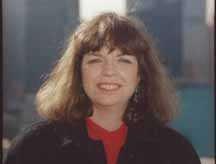 nel stressed the importance of service in these most difficult times we live in and how we need to continue the fight for gender, race and the natural world.
nel stressed the importance of service in these most difficult times we live in and how we need to continue the fight for gender, race and the natural world. Camp Cool Kids
Camp Cool Kids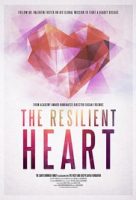 The Resilient Heart
The Resilient Heart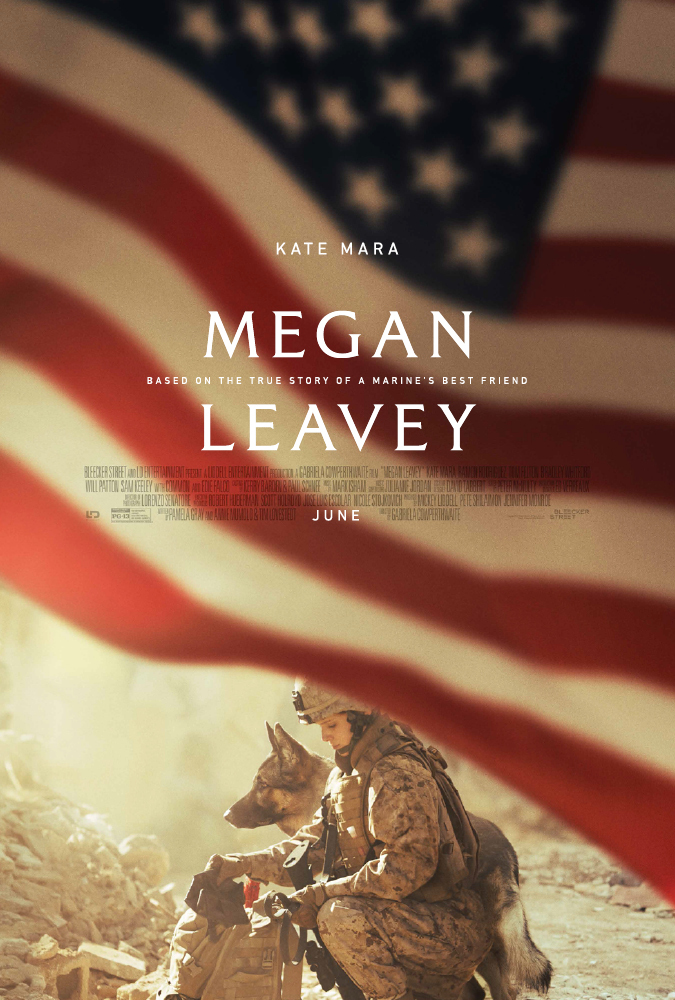 I really enjoyed this film. It explores the emotional bond between a human and an animal.
I really enjoyed this film. It explores the emotional bond between a human and an animal.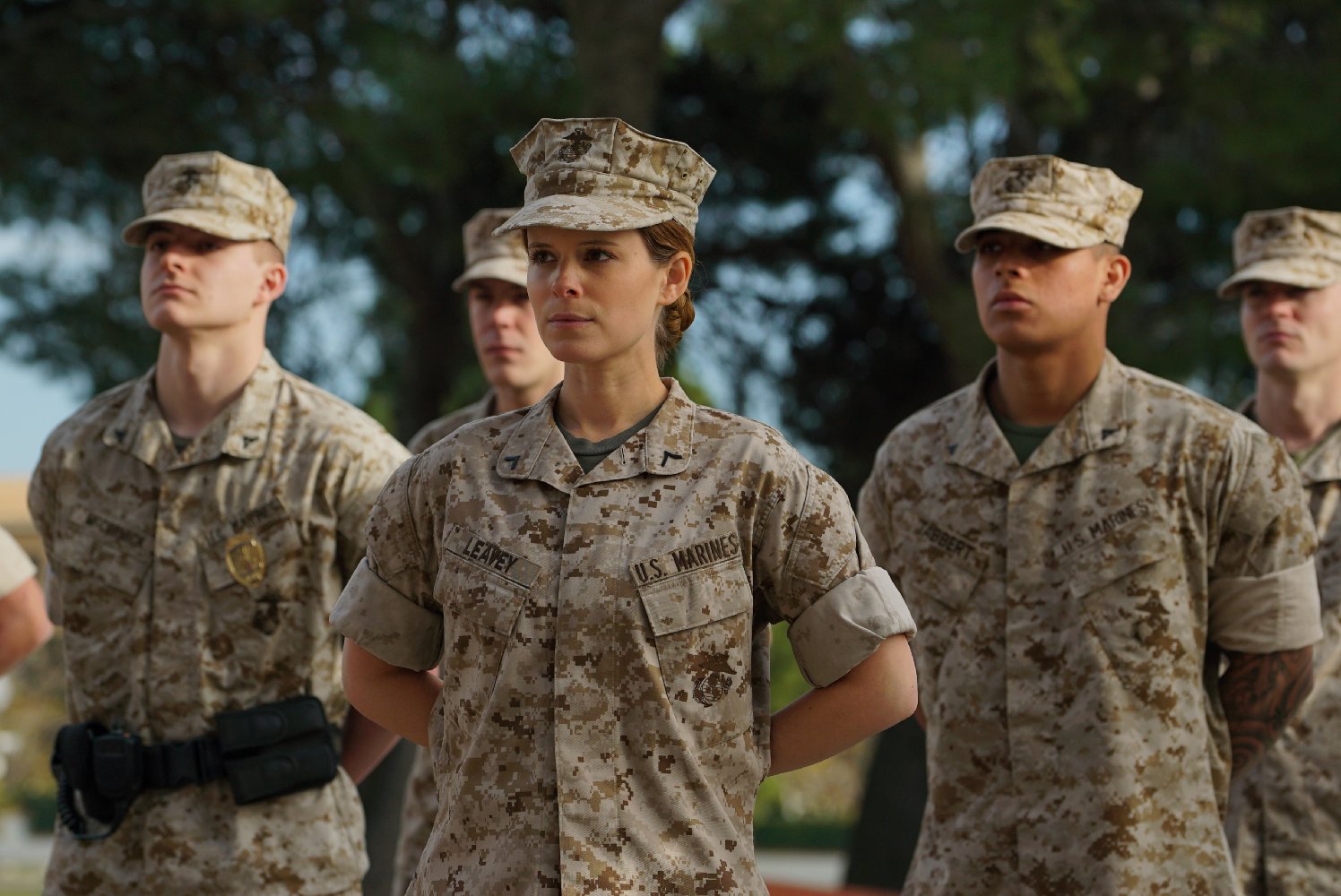 assigned to clean up the K-9 unit under the command of Gunny Martin (Common). Gunny Martin is a commander who uses tough love while being a mentor.
assigned to clean up the K-9 unit under the command of Gunny Martin (Common). Gunny Martin is a commander who uses tough love while being a mentor.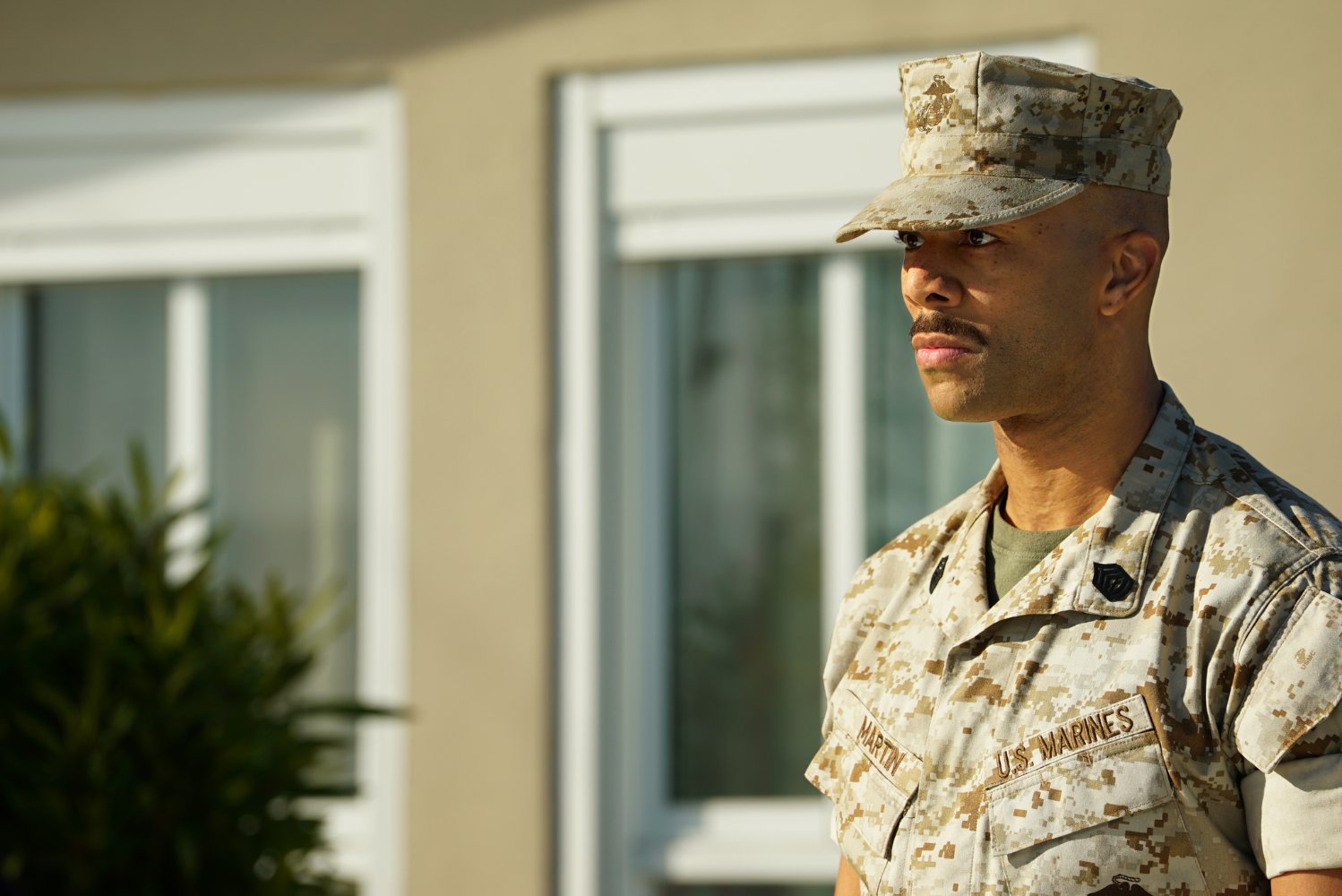 My favorite scene in the movie is when Megan finds out that she will get a dog to train and it turns out to be a can. It seems that newbies practice training a dog with a can. It is a bit humorous but shows Megan’s determination to get a real dog. Megan bonds with an aggressive German shepherd name Rex and is given the opportunity to train him. Megan and Rex end up completing more than 100 missions, but an IED explosion injures them both and puts their fate in jeopardy.
My favorite scene in the movie is when Megan finds out that she will get a dog to train and it turns out to be a can. It seems that newbies practice training a dog with a can. It is a bit humorous but shows Megan’s determination to get a real dog. Megan bonds with an aggressive German shepherd name Rex and is given the opportunity to train him. Megan and Rex end up completing more than 100 missions, but an IED explosion injures them both and puts their fate in jeopardy. grief. It also shows the strength of women and their accomplishments while not focusing on the brutality of war. This is an inspiring film that I believe is most suited for ages 13 to 18 as well as some adults. I give this film 5 out of 5 stars. It opens nationwide June 9, 2017 so, be sure to go see it and learn what happens to Megan and Rex.
grief. It also shows the strength of women and their accomplishments while not focusing on the brutality of war. This is an inspiring film that I believe is most suited for ages 13 to 18 as well as some adults. I give this film 5 out of 5 stars. It opens nationwide June 9, 2017 so, be sure to go see it and learn what happens to Megan and Rex.
